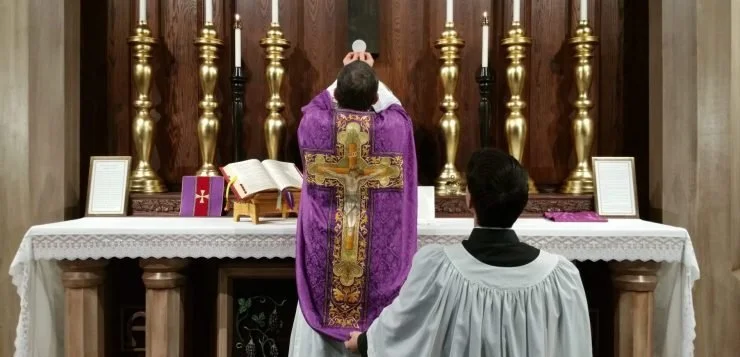If you follow political news, you’re probably familiar with the concept of a “trial balloon.”
One online dictionary definition states: “A trial balloon is a proposal that you mention or an action that you try in order to find out other people's reactions to it, especially if you think they are likely to oppose it.”
Here’s a famous example. Let’s say that the Obama White House wants to shift its stance on gay marriage, once the president has reached a point — in 2012 — where he may or may not need strong support from social-conservative Black church leaders. Thus, it was a surprise, kind of, when Vice President Joe Biden, went on “Meet the Press” and said that he was “absolutely comfortable” with same-sex marriages.
The White House needed to know (1) how other Democrats would respond, (2) how Black-church leaders would respond and (3) how potential conservative critics would respond, including Catholic leaders in America. Central to all of this, of course, is how this “trial balloon” is framed in the coverage by elite media. It took very little time for Barack Obama to get on board.
During this week’s “Crossroads” podcast (CLICK HERE to tune that in), we looked at a complex drama unfolding in the European leadership of the Catholic church. The key player is Cardinal Jean-Claude Hollerich, archbishop of Luxembourg, and a leader — the term is “relator general” — in the Pope Francis team leading the Synod on Synodality on the future of the Catholic faith. Depending on who one talks to, this synod is either a chance to listen to Catholics around the world or the front door to Vatican III.
But here is the key quote from Hollerich, drawn from an interview with the German Catholic news agency KNA.) This is part of a collection of blunt, verbatim statements from Hollerich collected at L’Espresso:
“The Church’s positions on homosexual relationships as sinful are wrong. I believe that the sociological and scientific foundation of this doctrine is no longer correct. It is time for a fundamental revision of Church teaching, and the way in which Pope Francis has spoken of homosexuality could lead to a change in doctrine.










